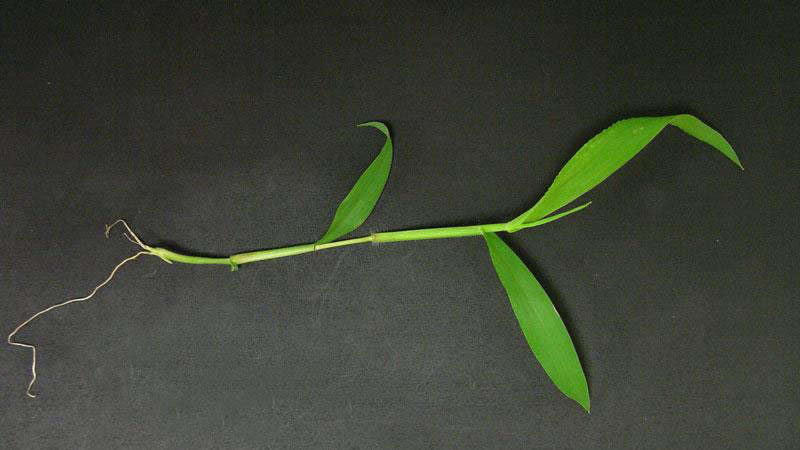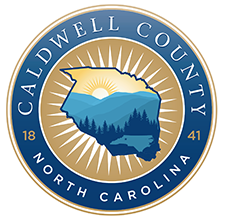March Madness!
go.ncsu.edu/readext?660000
en Español / em Português
El inglés es el idioma de control de esta página. En la medida en que haya algún conflicto entre la traducción al inglés y la traducción, el inglés prevalece.
Al hacer clic en el enlace de traducción se activa un servicio de traducción gratuito para convertir la página al español. Al igual que con cualquier traducción por Internet, la conversión no es sensible al contexto y puede que no traduzca el texto en su significado original. NC State Extension no garantiza la exactitud del texto traducido. Por favor, tenga en cuenta que algunas aplicaciones y/o servicios pueden no funcionar como se espera cuando se traducen.
Português
Inglês é o idioma de controle desta página. Na medida que haja algum conflito entre o texto original em Inglês e a tradução, o Inglês prevalece.
Ao clicar no link de tradução, um serviço gratuito de tradução será ativado para converter a página para o Português. Como em qualquer tradução pela internet, a conversão não é sensivel ao contexto e pode não ocorrer a tradução para o significado orginal. O serviço de Extensão da Carolina do Norte (NC State Extension) não garante a exatidão do texto traduzido. Por favor, observe que algumas funções ou serviços podem não funcionar como esperado após a tradução.
English
English is the controlling language of this page. To the extent there is any conflict between the English text and the translation, English controls.
Clicking on the translation link activates a free translation service to convert the page to Spanish. As with any Internet translation, the conversion is not context-sensitive and may not translate the text to its original meaning. NC State Extension does not guarantee the accuracy of the translated text. Please note that some applications and/or services may not function as expected when translated.
Collapse ▲If you are like most North Carolinians, March is defined by “March Madness” and the NCAA tournament. It is also a month of madness for plants too! It is time to start getting outside and getting to work. In this article, I will give a few tips on getting spring off to a good start.
Turf:
This month is when cool season grasses grow the most. With that, it is also the time to fertilize if you haven’t already. When fertilizing, you should abide by your soil test recommendation. If you haven’t soil tested, a safe bet is to buy 10 pounds of 10-10-10 per 1000 square feet of lawn. This will give your lawn the boost it needs. It is important to note that any time you apply phosphorous, you should aerate your yard first. This allows the nutrient to get into the soil.
Your warm season grasses such as Bermuda and Zoysia, will be fertilized during the warm months of the year. Do not fertilize your warm season grasses now. You will be wasting time and product. Fertilizing now can also promote disease and cause damage to your grass. Though you aren’t fertilizing your warm season grasses, you can start weed control.
You can’t have turf talk without mentioning crabgrass. Crabgrass is a summer annual weed. Crabgrass is best controlled with preemergence. Preemergence, when applying to crabgrass, works best when applied before March 1st. Note: Preemergent herbicides should only be used on established lawns. The two most common active ingredients in preemergence, available for homeowners, are either pendimethalin or dithiopyr.

Large crabgrass leafblade photo credit: Dr. Charles Peacock Professor and Extension Turfgrass Specialist NC State University
If it is too late to apply preemergence, there are a few postemergence herbicides that can treat crabgrass and other annual grasses (read the label for specifics). Postemergence work best in sunlight and when the temperature is between 65-85 degrees F. As always, read and follow the directions on the pesticide label.
Shrubs:
I have mentioned in previous articles on when to prune your shrubs. But as a reminder, now is a good time to prune your evergreen-type plants and summer blooming shrubs. Spring bloomers will need to be pruned after they bloom.
Trees:
Your trees do NOT need a “spring haircut” or a “topping”. Topping is never a recommended practice for trees. The only pruning that needs to be done to your trees is if there are dead, diseased or crossing branches that need removed. Do NOT top your trees!

Crape “murder”. “Topping” is never a recommended pruning practice for trees. Stop doing it!
Photo Credit: Sarah Christas

This tree has also had a “topping”. Branches should only be cut if they are dead, diseased, or crossing over other branches. Never like this.
Photo credit: picture labeled for reuse by Pixabay
In the Garden:
It is that time of year again to start planting your spring garden if you haven’t done so yet. This includes: carrots, kale, lettuce, peas, spinach and radishes. It is also time to start turning over your cover crops in preparation for summer planting. Your cover crop needs about 6-8 weeks to decompose in the soil before summer planting. It is also a good time to soil test for your summer garden. You can pick up a soil testing kit here at the N.C. Cooperative Extension, Caldwell County Center.
For more information or questions on these topics, visit the N.C. Cooperative Extension, Caldwell County Center or call us at 828.757.1290.




